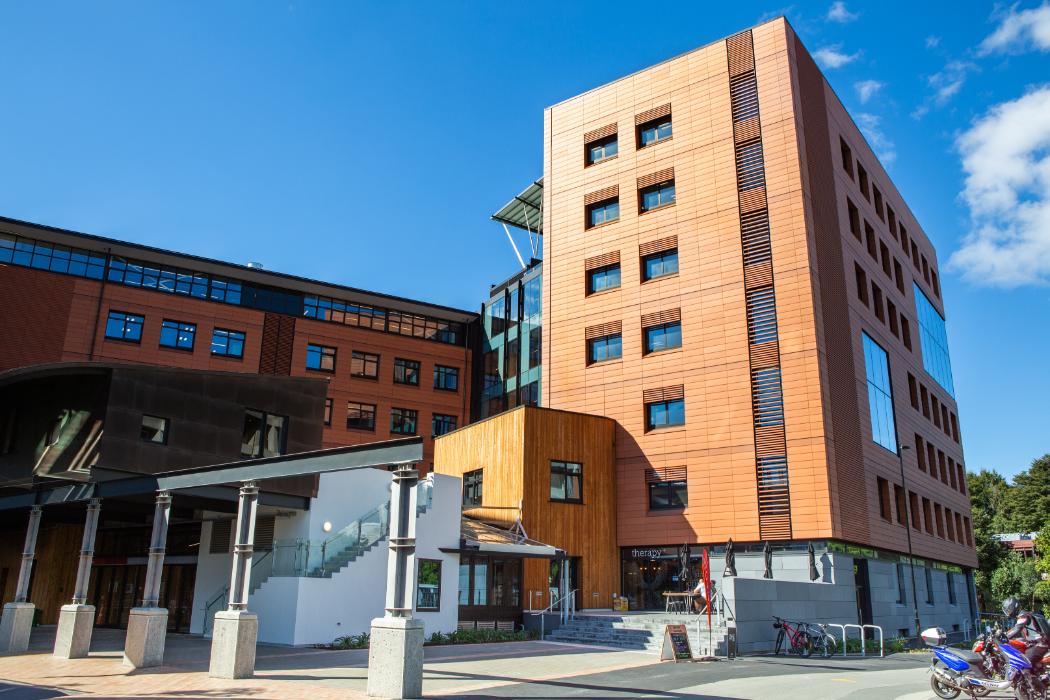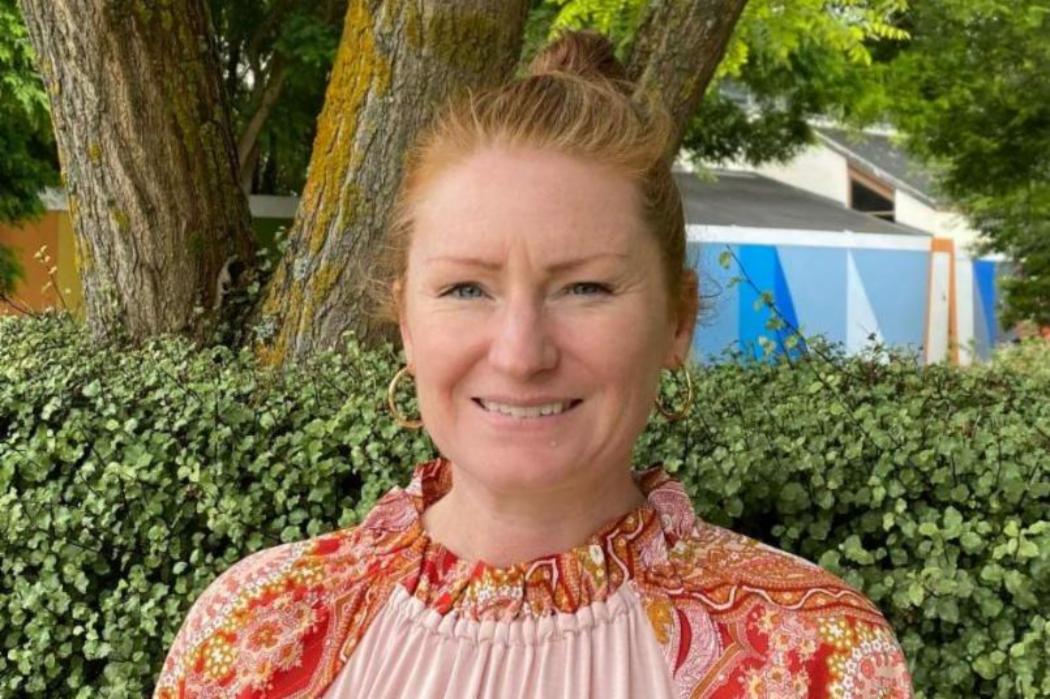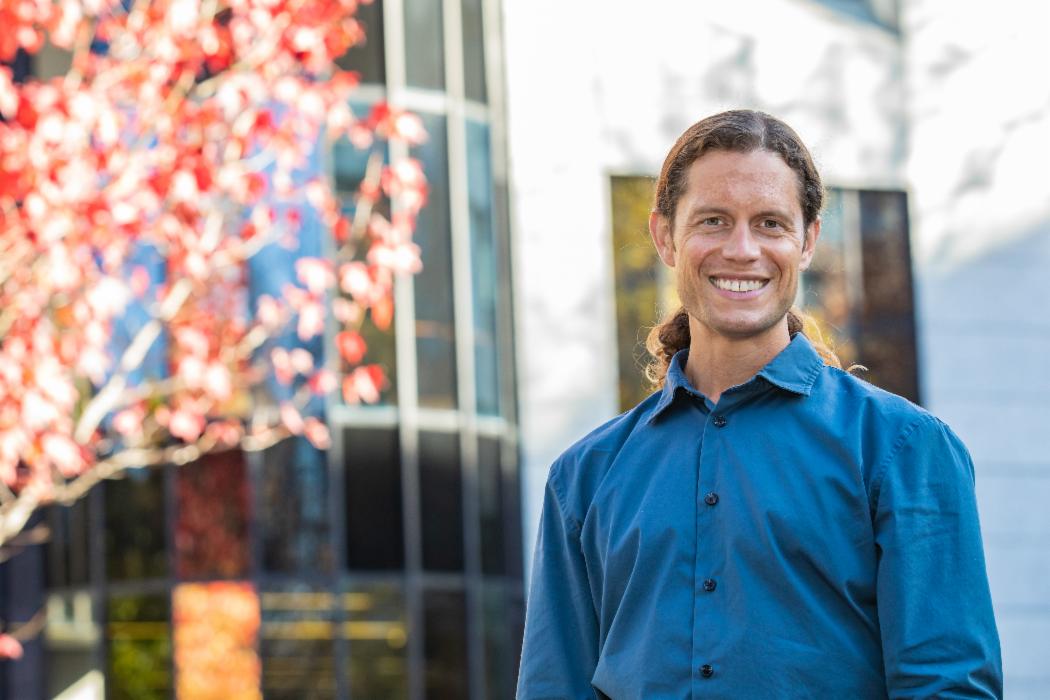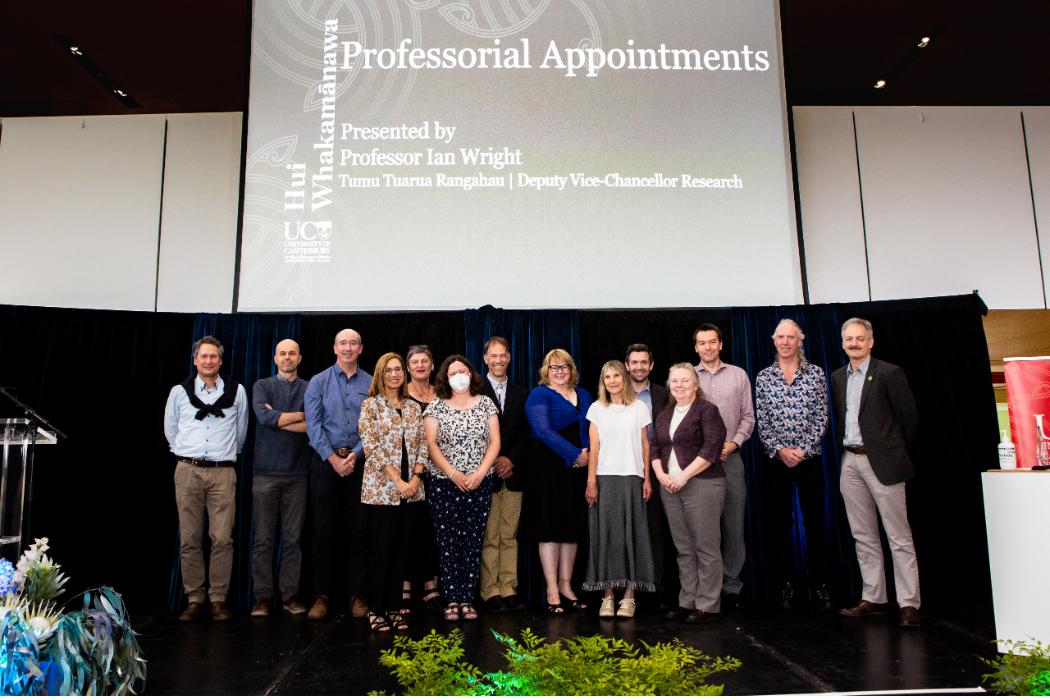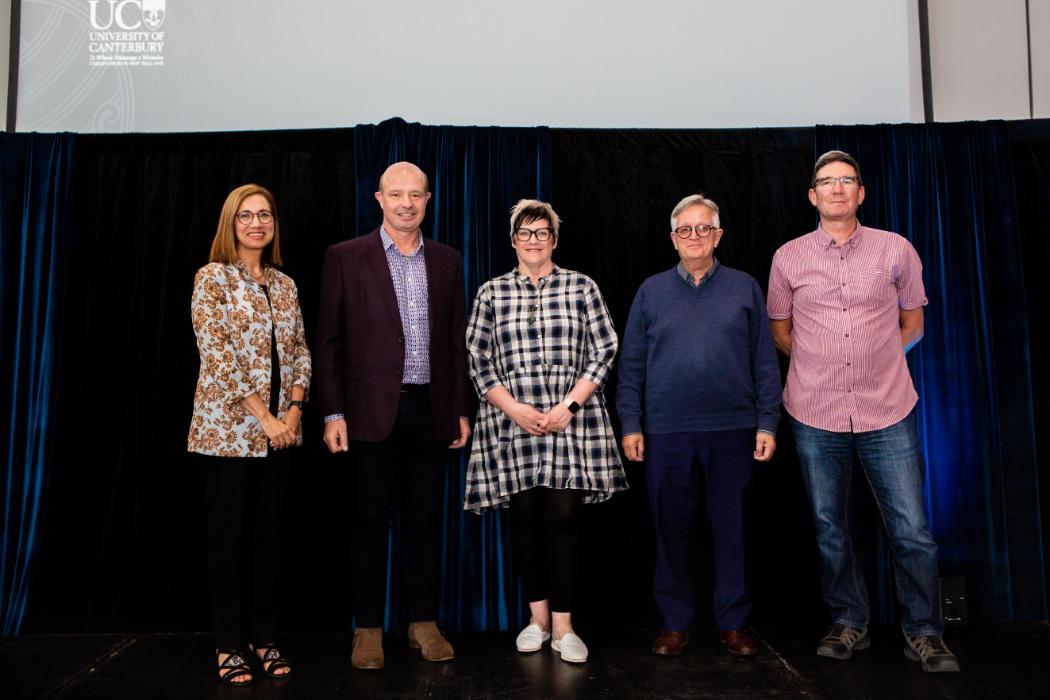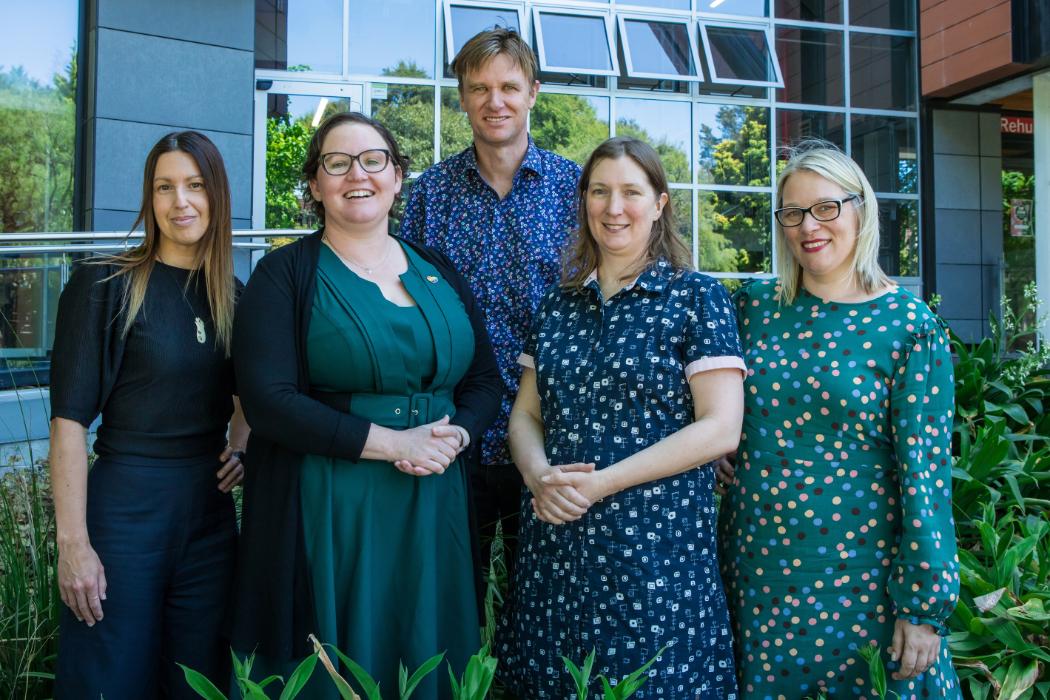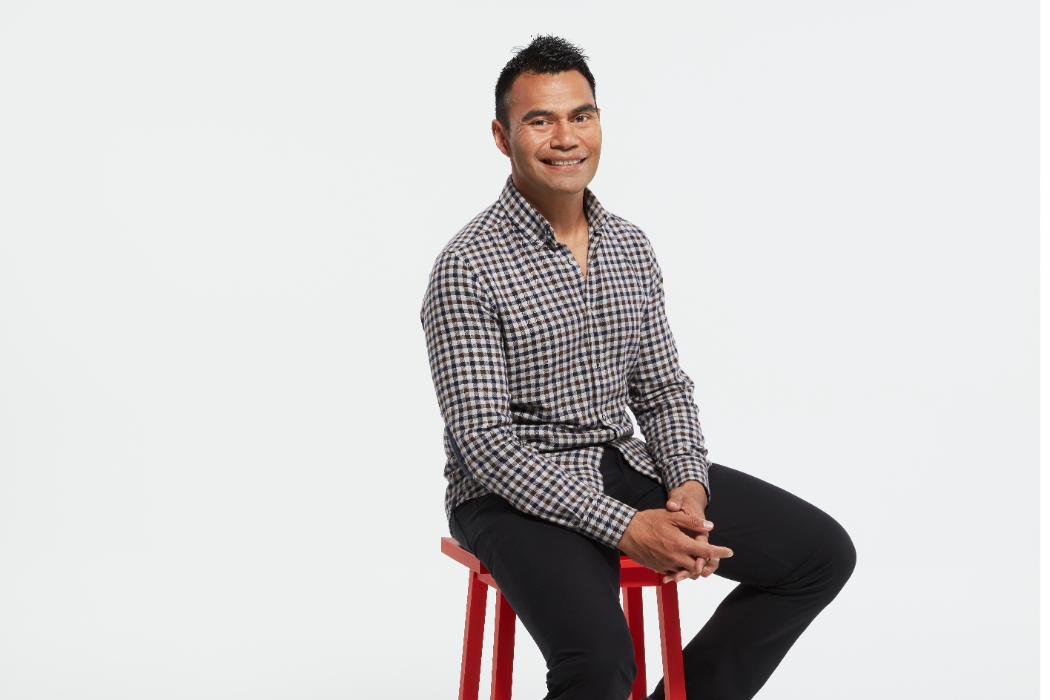Pernus has organised a Biomechanics Day at UC for the National Biomechanics Day (NBD) on 13 April, and so far she has 110 Ōtautahi Christchurch students signed up to attend an action-packed, day-long programme incorporating engineering, physics, sports and health science. There is a focus on women in biomechanics with young women making up over 50% of participants.
“Almost everyone can find a part of our work interesting and fascinating, from animation in movies and games, sports activities, to medical and engineering involvement. The fundamental goal of the field is to help - help study human or animal motion, for rehabilitation after injuries, to enhance an athlete's performance and to improve entertainment.”
Illustrating the diverse and collaborative nature of biomechanics, alongside working with humanoid robots for her Master’s in Engineering, Pernus also took advantage of recent anterior cruciate ligament (ACL) surgery on her knee.
“We analysed differences between my left and right leg and observed rehabilitation progress for our final year project. Being involved in this process made me realise there is no limitations to the field of study you can choose in biomechanics. My master's thesis project was the observation of human gait with a force plate and wearable sensors. Incorporating the knowledge gained through my engineering studies helped me understand human motion and the importance of technology for human science.”
Pernus continued her biomechanical research, and is now developing new technology in climbing, working with supervisors Dr Debbie Munro (engineering) and Dr Jenny Clarke (sports coaching). For her PhD she is creating a device that will, for the first time, measure climbers’ overall performance.
“Instrumented climbing holds can obtain valuable mechanical parameters which provide information for the enhancement of athletes' performances. As climbing is a sport that includes whole-body movement, a holistic approach is required.”
Pernus says she was delighted to have the chance to organise NBD (she previously helped to organise Days of Robotics at the University of Ljubljana in Slovenia and was part of a professional robotics trip to Japan). As well as creating an inspiring and fun programme, she is most excited about encouraging more young women into the world of biomechanics.
“Being a woman in engineering was sometimes a little bit challenging, due to the idea that it was predominantly a male environment. In the last years the situation changed, and the number of female engineers increased, which is evident in diverse working groups. It is vital to introduce successful and inspired women as technicians, engineers, and leaders to encourage young women to follow their dreams.”


